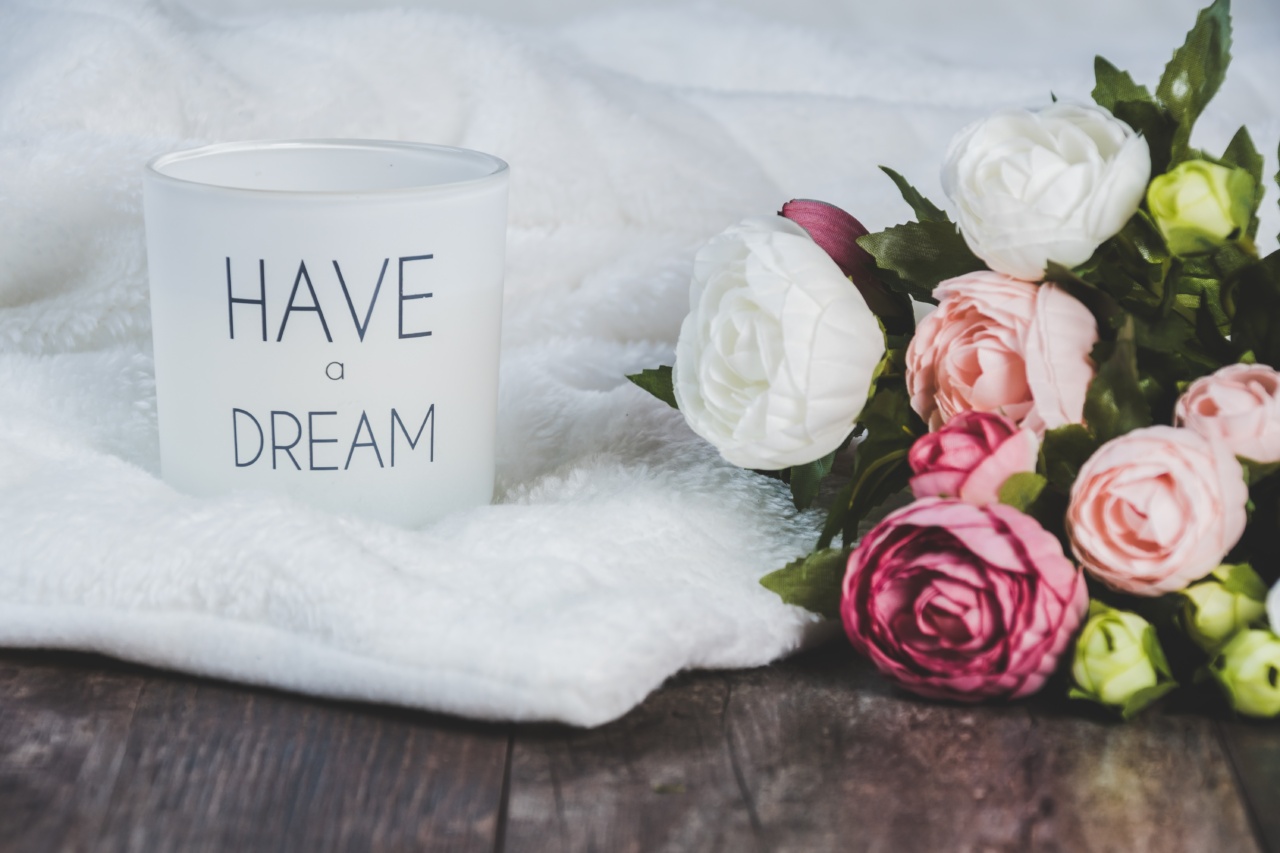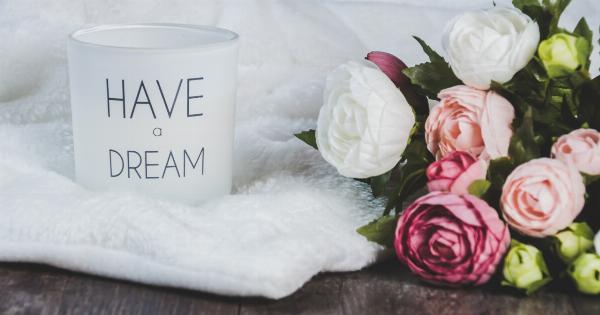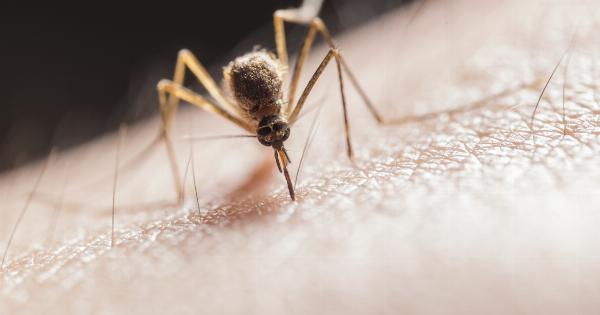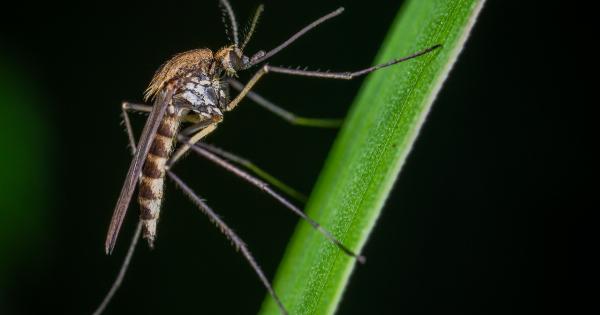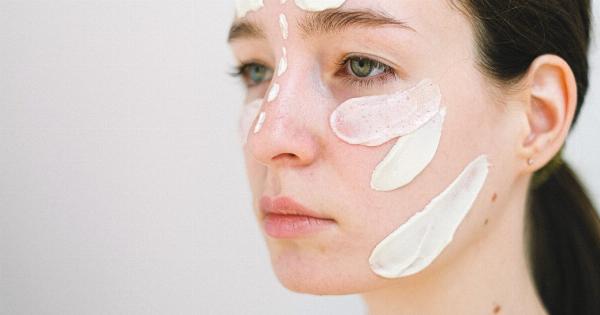Mosquitoes are one of the greatest nuisances known to mankind. They not only cause irritating bites but also transmit deadly diseases such as malaria, dengue fever, and Zika virus.
Understanding their behavior and preferences can help us protect ourselves and minimize their impact on our lives. Recent studies have revealed an interesting aspect of mosquito behavior – their attraction to certain colors. In this article, we will delve into the truth about mosquitoes and their love of certain colors.
The Anatomy of the Mosquito
Before we dive into their color preferences, let’s take a brief look at the anatomy of mosquitoes. Mosquitoes are small insects belonging to the family Culicidae. They have long, thin bodies, six long legs, and a pair of wings.
The female mosquitoes are the ones that feed on blood, while males primarily feed on nectar from plants.
Mosquito Vision: How Do They See Colors?
Mosquitoes, like many insects, have a quite different visual system than humans. While humans have three color receptors (red, green, and blue), mosquitoes have just two receptors that are sensitive to ultraviolet (UV) and blue light.
This unique visual system plays a crucial role in their color preferences.
The Color Preferences of Mosquitoes
Research has shown that mosquitoes exhibit distinct preferences for different colors. They are particularly attracted to darker colors, especially black and red.
Mosquitoes seem to have a special affinity for dark clothing, hence the reason why you may get more mosquito bites when wearing dark-colored outfits.
The reason behind their preference for dark colors lies in the visual contrast they provide. Mosquitoes have developed sensitivity to certain wavelengths of light, and dark-colored objects tend to stand out more against natural backgrounds.
This makes it easier for the mosquitoes to identify their targets, such as humans or animals, and zero in for a blood meal.
Theories on Why Mosquitoes are Attracted to Red
Among the various colors, researchers have found that mosquitoes are especially attracted to red. There are a few theories as to why this might be the case:.
1. Heat and Carbon Dioxide Emission
Some studies suggest that mosquitoes are drawn to red because it mimics the color of heat-emitting bodies. Mosquitoes can sense the heat and carbon dioxide emitted by warm-blooded animals, which helps them locate potential blood sources.
The color red may act as a visual cue, indicating a warm-bodied meal.
2. Visual Contrast
The visual contrast theory suggests that mosquitoes are particularly sensitive to colors that contrast strongly with their surroundings.
Red objects, especially against green foliage, create a stark contrast that may attract the attention of mosquitoes.
3. Floral Preference
Mosquitoes are known to feed on nectar from flowers. Many flowers have red pigmentation due to the presence of anthocyanin compounds.
It is possible that mosquitoes, being attracted to red flowers, have transferred this preference to other objects with similar colors, such as clothing.
Colors That Repel Mosquitoes
While certain colors attract mosquitoes, there are also colors that repel them. Light colors such as white, light blue, and pastels tend to be less attractive to mosquitoes.
These colors do not provide the same visual contrast that dark colors do, making it harder for mosquitoes to spot their potential targets.
In addition to color, it is important to note that mosquitoes are also attracted to other factors such as body odor and the presence of certain chemicals on our skin.
Therefore, relying solely on clothing color to repel mosquitoes may not be sufficient for complete protection.
Practical Tips to Protect Yourself
While it may not be possible to completely eliminate mosquitoes’ attraction to certain colors, there are several practical tips you can follow to protect yourself from mosquito bites:.
1. Wear Light-Colored Clothing
Opt for light-colored clothing, especially when spending time outdoors during peak mosquito activity hours. Light colors not only make it harder for mosquitoes to spot you but also provide better visibility for you to spot and swat them away.
2. Use Mosquito Repellents
Apply mosquito repellents containing ingredients such as DEET, picaridin, or lemon eucalyptus oil to exposed skin and clothing. These repellents can effectively deter mosquitoes and reduce the risk of mosquito-borne diseases.
3. Eliminate Mosquito Breeding Sites
Mosquitoes breed in stagnant water. Regularly inspect your surroundings and eliminate any standing water sources, such as flower pots, bird baths, or clogged gutters. This will help reduce the mosquito population around your living space.
4. Install Window and Door Screens
Make sure your windows and doors have properly fitting screens to prevent mosquitoes from entering your home. Repair any tears or holes in existing screens to maintain an effective barrier against these pests.
5. Use Mosquito Nets
When sleeping outdoors or in an area with a high mosquito population, use mosquito nets over your bed or sleeping area. This provides an additional physical barrier between you and the mosquitoes.
The Bottom Line
The truth about mosquitoes and their love of certain colors is fascinating. While they are attracted to darker colors, especially red, it is important to remember that color alone is not the sole determinant of mosquito behavior.
Mosquitoes are also influenced by factors like body heat, carbon dioxide emissions, and other visual cues.
To best protect yourself from mosquito bites, it is recommended to use a combination of strategies, including wearing light-colored clothing, using mosquito repellents, and eliminating breeding sites.
By understanding their preferences and taking proactive measures, you can significantly reduce your risk and enjoy the great outdoors mosquito-free.
